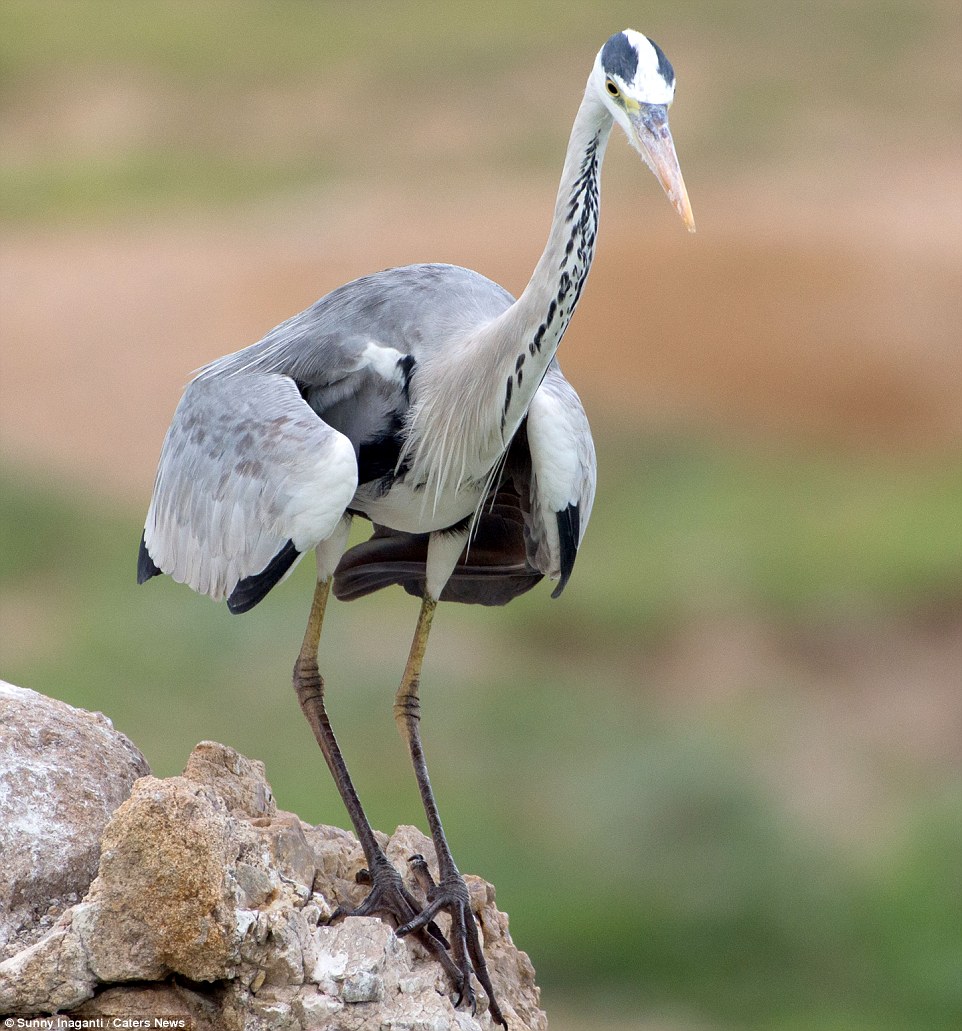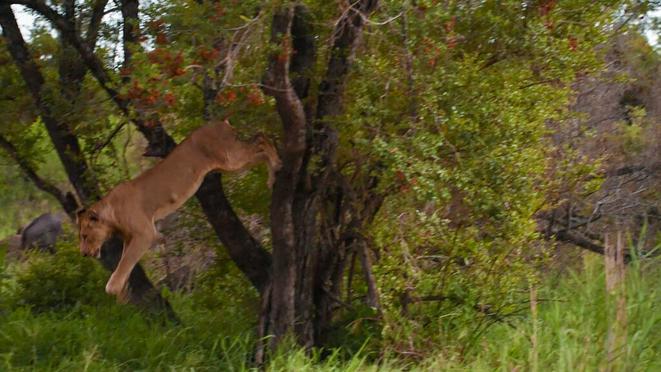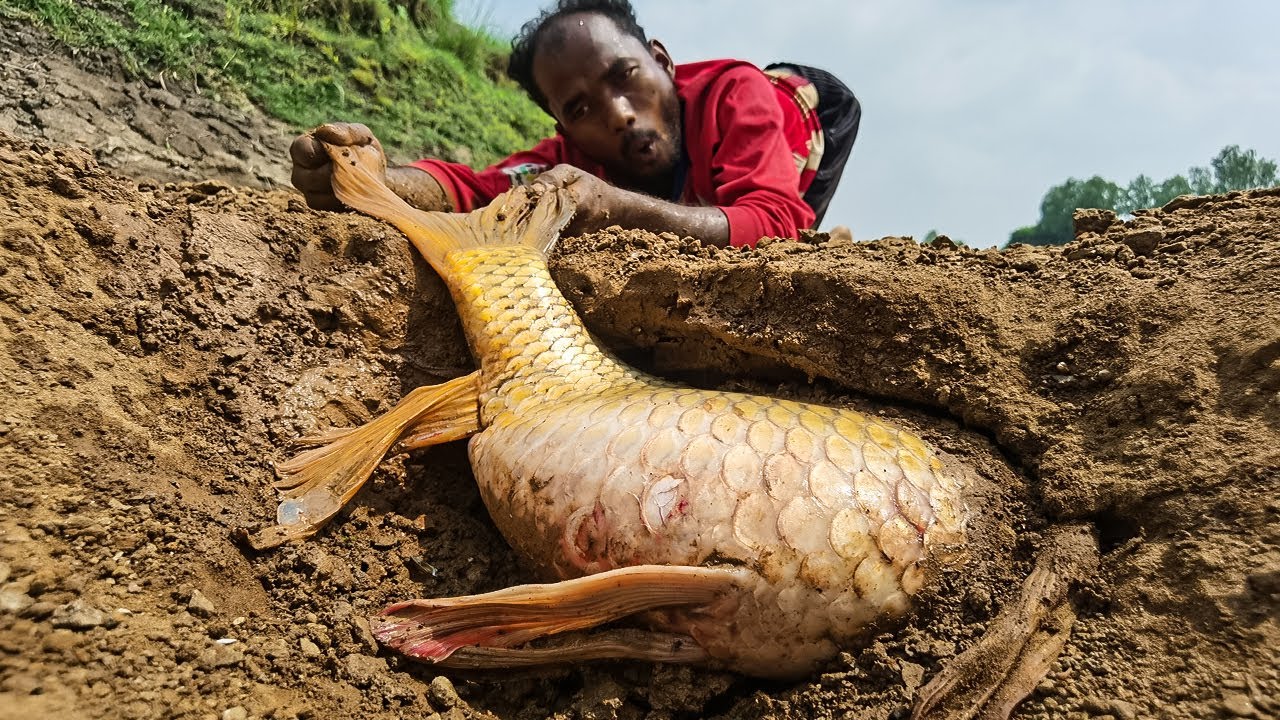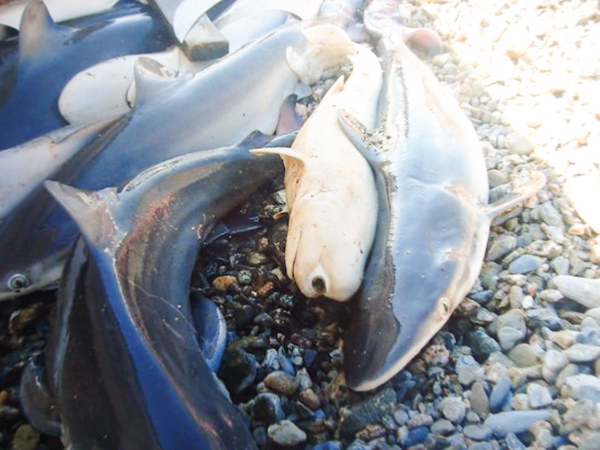When nature conservation goes wrong.
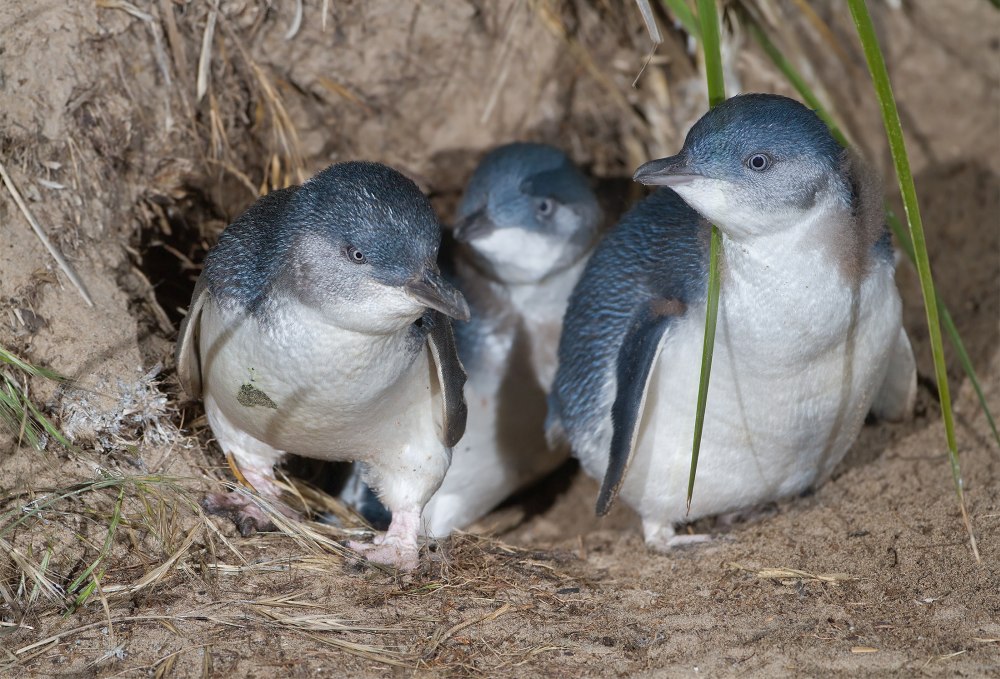 Photo: JJ HArrison
Photo: JJ HArrison
According to BirdLife Tasmania, a local conservation organisation, introducing a small population of Tasmanian devils to Maria Island in east Tasmania in 2012 has had “a catastrophic impact on one or more bird species”.
The Tasmanian devil has been through a rough time, with their population having been pushed to the brink of extiction by the spread of a contagious form of facial cancer in the past 30 years. Multiple approaches have been taken to try and conserve the species, with this recent project coming at a deadly cost to birdlife.The devils were placed on the island east of Tasmania in an effort to establish a reserve population geographically isolated from the disease called devil facial tumor (DFT). Before the project started, the tiny island was a haven for the smallest penguins on Earth (Eudyptula minor), a ground-dwelling and nesting penguin species.
Unfortunately, their small stature and limited defenses appear to have made them easy prey for the island’s new residents. Although the project has indeed helped the newly introduced Tasmanian devil population grow from the 28 devils released over 2012 and 2013 growing to an estimated 100 by 2016, the island has lost 6,000 penguins during that period.
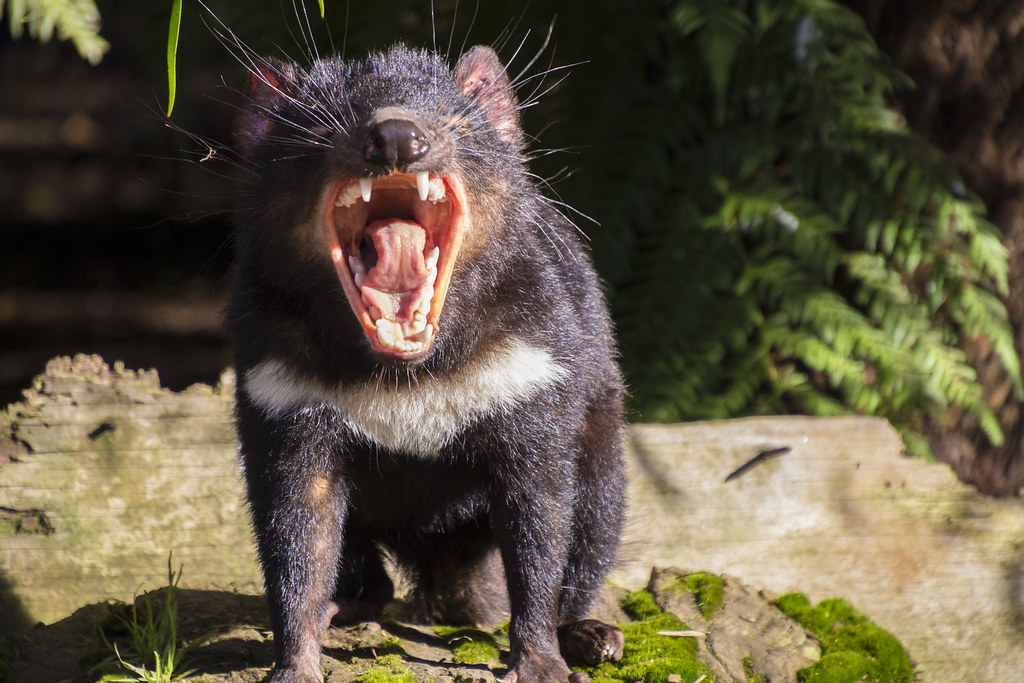 Image credit: Steven Penton
Image credit: Steven Penton
“Losing 3,000 pairs of penguins from an island that is a national park that should be a refuge for this species basically is a major blow,” group researcher Dr Eric Woehler, the convenor of BirdLife Tasmania, told the Guardian.
BirdLife Tasmania is Australia’s largest bird conservation organisation and a recent survey conducted by them has found that the penguins have now completely disappeared from the island.
“Every time humans have deliberately or accidentally introduced mammals to oceanic islands, there’s always been the same outcome… a catastrophic impact on one or more bird species,” Woehler noted bitterly.
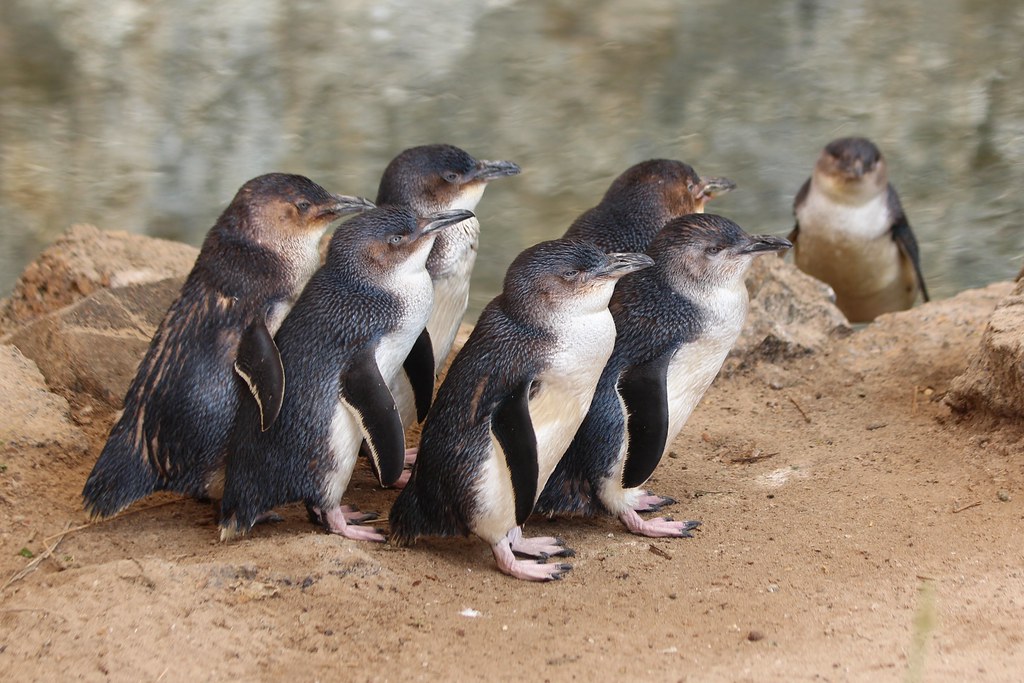 Little penguins (Eudyptula minor). Photo: Arthur Chapman
Little penguins (Eudyptula minor). Photo: Arthur Chapman
Little penguins live on the shores of Australia and New Zealand, two regions in the world that are sadly too familiar with the devastating potential of introduced species, be them possums, camels, rabbits, or even cats, all of which had devastating implications for this region’s indigenous flora and fauna.
Unfortunately, Tasmanian devils pose an even greater threat for little penguins than possums or domestic cats. And, according to Woehler, it’s not just the penguins who are suffering from the Tasmanian devils’ human-aided arrival.
“We’re getting reports of geese trying to nest in trees to avoid devil predation,” he said. “It’s very clear that the devils have had a catastrophic ecological impact on the bird fauna on Maria Island.”
Messing around with nature and it’s unexpected consequences…
Sources: 1, 2



